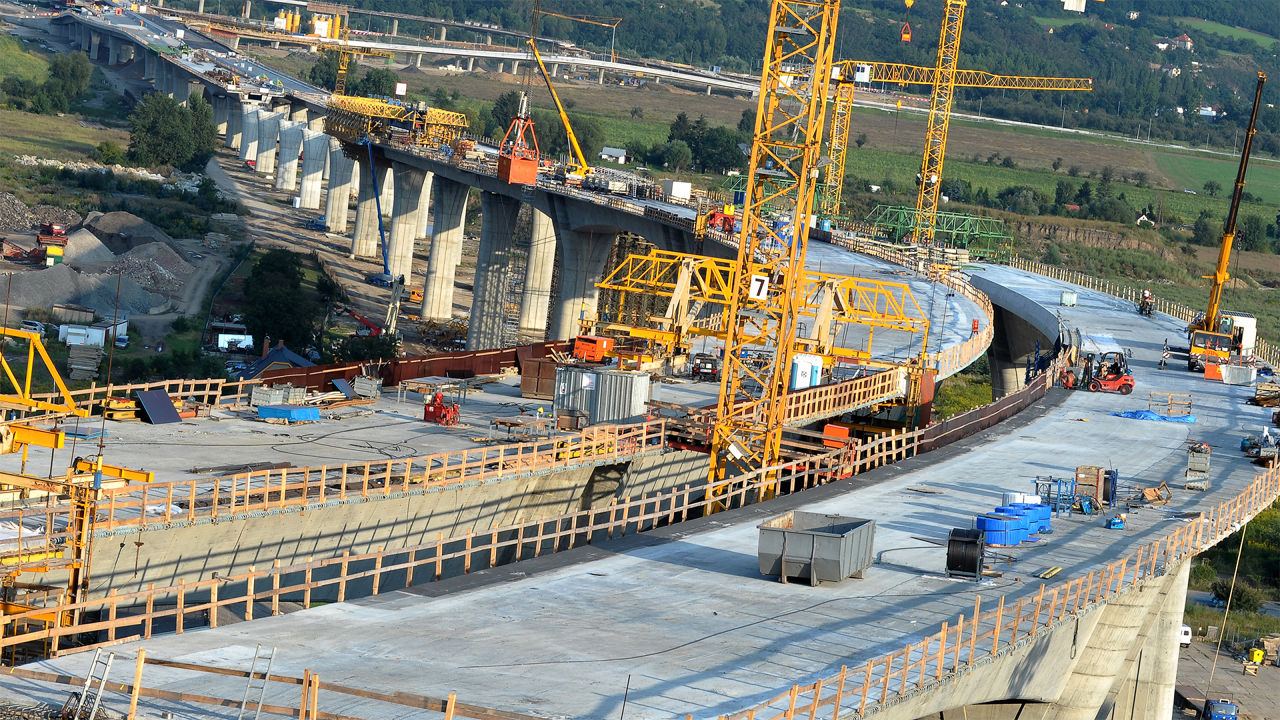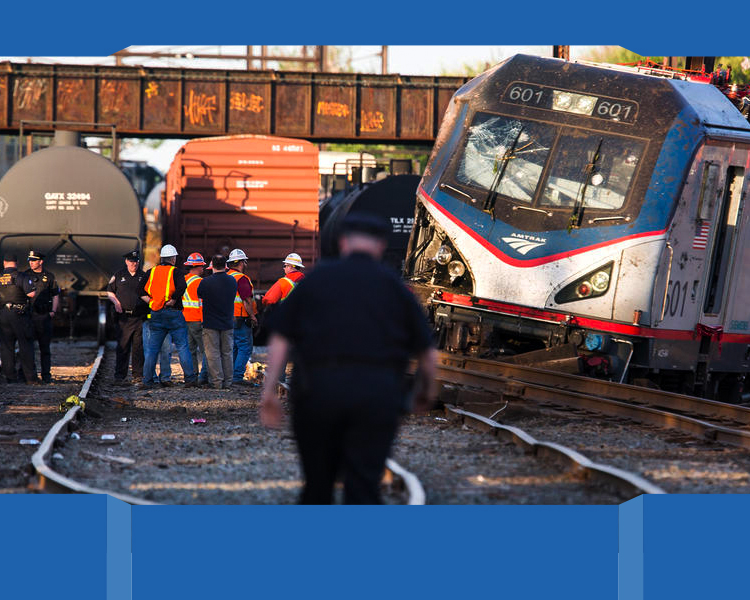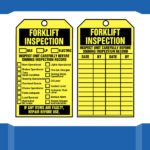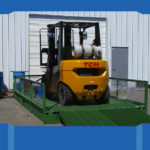
American Infrastructure with Donald Trump
So we think there is a recognition by the new administration and certainly in Congress
“Just six months after passage of the FAST Act, with over $258 billion in identified freight projects from just 18 states, 36 percent of the country reported seeing vast investment needs,” according to the report’s conclusion. “Similarly, with 29 states, representing 56 percent of the country, reporting 6,202 projects, there is a significant potential backlog in investment.”

At the White House
Having Donald Trump in the White House is apt to help advance infrastructure improvements at ports and throughout the U.S. supply chain, the head of the AAPA (American Association of Port Authorities) said today.
“We do fully expect that it’s going to take a combination of sources and resources at the local, state and federal levels, as well as private sector,” AAPA President and CEO Kurt Nagle said in response to a question from the AJOT. “Certainly, President-elect Trump has talked very vocally about desire to rebuild America’s infrastructure, talking about up to $1 trillion of an infrastructure package in the new Congress.”
Nagle noted that, at a Dec. 1 rally in Cincinnati, Trump explicitly talked about the need to deepen U.S. harbors to accommodate larger vessels.
“So we think there is a recognition by the new administration and certainly in Congress, by what we saw from the FAST Act and hopefully a water resources bill this week, that we need to invest in not just our overall infrastructure but certainly our transportation infrastructure and specifically our freight transportation infrastructure if we’re going to be able to compete internationally,” Nagle continued. “It’s obviously a priority that the president-elect has stated.”
We do fully expect that it’s going to take a combination of sources and resources at the local, state and federal levels, as well as private sector
Nagle said he is “extremely encouraged” by Trump’s expressed commitment to freight infrastructure, including through anticipated introduction early in his administration of a freight infrastructure funding package.
Nagle made the comments in a teleconference linked to release of a report from the American Association of Port Authorities and the American Association of State Highway and Transportation Officials.
Interestingly, the other AAPA participant in the teleconference, M. Kathleen Broadwater, deputy executive director of the MPA (Maryland Port Administration) and 2015-16 chairwoman of AAPA’s Legislative Policy Council and Freight Task Force, refused to comment on the impact of a Trump presidency, firmly stating, “I have no opinion on that topic.”
The newly released report, “The State of Freight II: Implementing the FAST Act and Beyond,” says “freight took a major step forward” with the December 2015 signing into law of the Fixing America’s Surface Transportation Act. But, the report says, “the promise of a 21st century freight network has yet to be fulfilled.”
“Just six months after passage of the FAST Act, with over $258 billion in identified freight projects from just 18 states, 36 percent of the country reported seeing vast investment needs,” according to the report’s conclusion. “Similarly, with 29 states, representing 56 percent of the country, reporting 6,202 projects, there is a significant potential backlog in investment.”
The report also cites the importance of greater funding eligibility for non-highway projects and calls for greater coordination related to port channel endeavors between the U.S. Department of Transportation and the U.S. Army Corps of Engineers.
Suggestions offered by AAPA and AASHTO
· Continuing to provide Highway Trust Fund apportionments to states for highway freight projects through the National Highway Freight program while encouraging coordination with the U.S. DOT’s Build America Bureau and national and state freight advisory committees to better leverage private-sector investment;
· Providing additional and ongoing funding resources for the overall multimodal freight network to supplement highway formula dollars while also funding discretionary grant programs;
· Re-establishing a properly funded and staffed Office of Multimodal Freight Transportation within the U.S. DOT Office of the Secretary to address multimodal domestic and international freight planning needs across DOT’s various modal administrations; and
· Moving the harbor maintenance tax from discretionary to mandatory spending, enabling full tax revenues to be used for the intended purpose of navigational channel maintenance.
Confirming that your equipment is in stable and working condition before using it should never be seen as a waste of time. Forklift operators should eagerly perform these inspections not only because they are required, but also because they should care about their own safety and the safety of their colleagues. Companies should obviously want to avoid injuries within their company and should never have an employee operate faulty equipment. Responsibility and safety lies with the individual operators!









